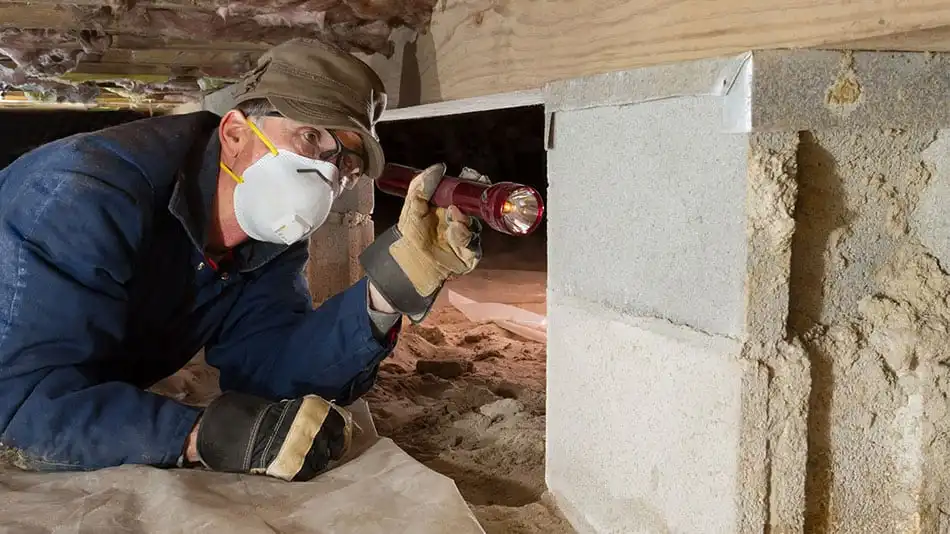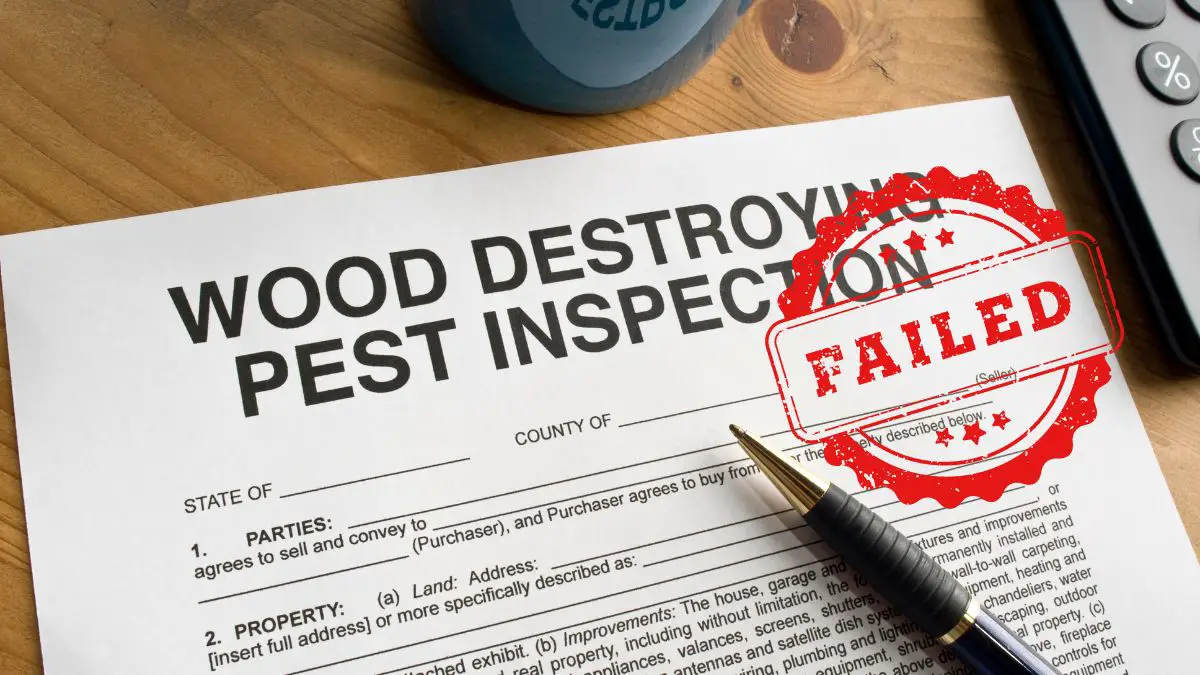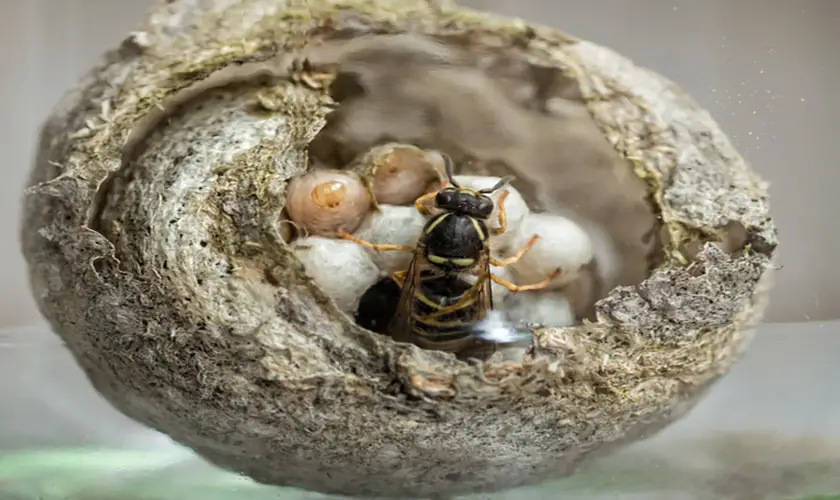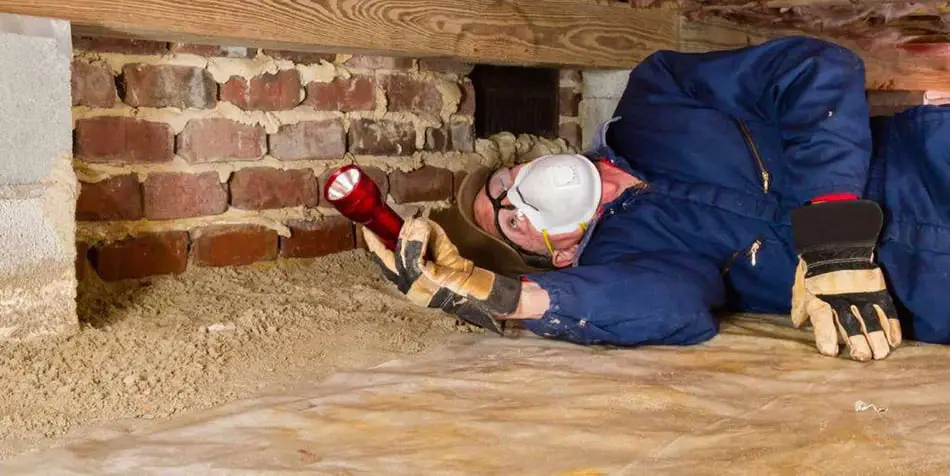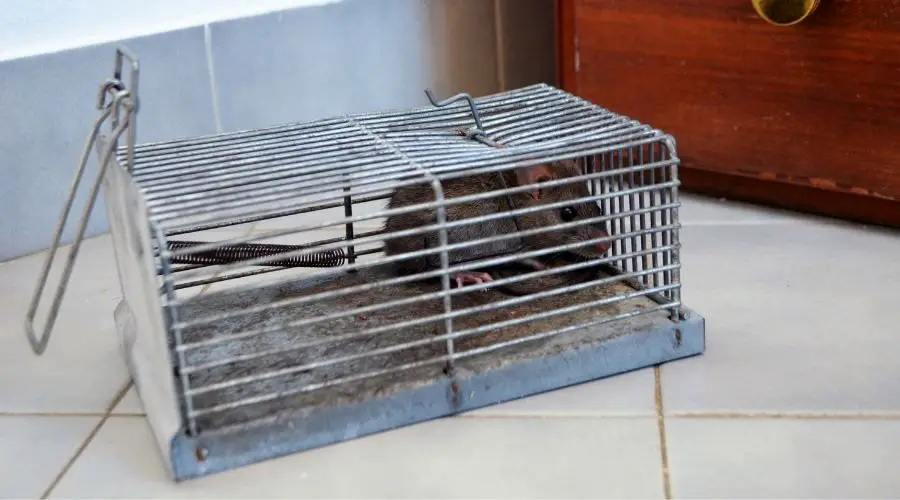
Rats, by nature, are highly suspicious of new things in their environment and difficult to fool. You have to be sneaky and devious to catch one. Rat traps are advocated as an alternative to poisons, but how effective are they?
Rats are smart enough to avoid traps initially, especially if caught before, but rat traps are safe and effective. The trick is knowing how to bait them, locate them, and set them for the particular kind of rat plaguing you. There are different kinds of rats, and they don’t all behave the same.
The trap must be set where the rats usually travel, and there is no point in baiting the trap with cheese if your rats are vegetarian. Initially, the rats won’t go near the device because they are suspicious, so you have to wait patiently till they get used to it. It can be quite challenging to trap rats initially, but it is doable.
This article discusses the different types of traps and what you can do to catch the pests.
Get FREE quotes from licensed pest control technicians in your area today. Whether you need spraying for ants, roaches, spiders, ticks, mosquitos, or bed bugs, We Can Help! All technicians are screened, licensed, and insured.
Rats Are Highly Intelligent
In a 2015 study, researchers assigned two learning tasks to students and lab rats. First, they were trained to distinguish between “good” and “bad” patterns. Next, the students were tested on their ability to apply this knowledge to two new pattern types.
In the first task, the patterns varied from the training patterns in only one dimension – either spacing or orientation. The students and the lab rats performed equally well in this task. In the second task, the patterns varied in spacing and orientation, and the rats outperformed the students.
Rats are fast learners and can therefore adapt their behavior to avoid traps. They also have good memories and treat each other with empathy. They can smell residue from human hands, so use gloves when setting traps.
If a rat dies after eating a particular food, its fellow rats will avoid that food source.
Differentiating Between Rats And Mice
Mice are entirely different animals from rats and can also become a household pest, so you need to identify the nature of the problem before setting traps. While both rats and mice gnaw, rats’ gnawings are much more visible than those of mice. The work of mice looks more like scratchings on objects they have chewed.
Rats have sharper faces than mice with relatively smaller eyes and ears. A mouse’s eyes are rounder, and its ears look larger than a rat’s. Juvenile rats can be mistaken for mice by the uninformed, but their feet are much larger than those of a mouse, and their eyes are almond-shaped, unlike a mouse’s eyes.
There are different kinds of rats, so identifying the species you have a problem with can be essential for trapping them successfully. The species of rats that are most problematic for humans are the Black rat, whose scientific name is Rattus rattus, and the Brown rat, which is called Rattus norvegicus, or the Norway rat.
Mice leave small black droppings around 3 to 8 millimeters long that are smooth with pointed ends. Black rat droppings are long, black, and thin with a slight curve. Brown rat droppings are fatter, dark brown, and resemble a large grain of rice.
Mice range from light brown to grey but are much smaller than rats. Rats can be golden brown to gray, but they are much larger, and some rats are black. Mouse tails are thin and a little hairy, while rat tails are thick with almost no hair and have a scaly appearance.
Black rats can vary in color from brown to black, and Norway rats also sometimes occur in black but are more commonly brown or dark grey. Brown rats are twice as large as Black rats.
Trappability Of Rats
Black rats are also known as ship rats or roof rats, while Brown rats are sometimes called sewer rats or Norway rats. The difference is significant when trapping them because Black rats travel along roofs and rafters, while Brown rats travel along the floor at the base of walls and kitchen cupboards.
Once you have discovered that your problem is rats and not mice, you can purchase and set some traps. Traps for mice are smaller and less potent than those for rats. Rats are more than double the size of a mouse and much stronger. You will not catch the rat if you use the wrong size trap.
Surprisingly, the trap ability of a rat can vary depending on several factors. Canadian researchers found that with Norway rats (Brown rats), the larger, more sexually mature animals are likely to enter a trap sooner than smaller, sexually immature rats. However, the smaller, sexually immature rats did not learn as quickly to avoid traps and were recaptured more frequently.
Rats are incredibly cunning and have adapted to live amongst humans over the years, so it isn’t easy to trap them. They travel carefully along walls and boundaries and do not expose themselves in open spaces. They are intelligent, avoid anything new, and are very cautious in unfamiliar surroundings.
Rats seeing another rat caught, or once caught, learn to avoid traps at all costs. These are the most difficult rats to trap. They are sometimes called alpha rats.
Different Types Of Rat Traps
There are many kinds of rat traps; you need to find one that suits your pocket and your situation. The table below gives shows the various traps available.
| Type of Trap | Single / Multiple Use | Humane / Inhumane |
|---|---|---|
| Spring trap | Single-use (needs resetting) | Mostly humane (kills) |
| Cage trap | Single-use (needs resetting) | Humane (does not kill) |
| Self-resetting (bolt traps) | Multiple-use | Humane (kills instantly) |
| Self-resetting (electric traps) | Multiple-use | Humane (kills instantly) |
| Cone trap | Multiple-use | Humane (does not kill) |
| Glue trap | Single-use (works only once) | Inhumane (kills slowly) |
Snap Traps
The traditional rat trap familiar to most people consists of thick metal wire attached to a piece of wood. The wire is fixed to a spring, and you pull it back against the spring, clipping the wire in place with a small catch. The bait is placed on a metal plate attached to the catch.
The rat takes the bait and the catch releases, causing the wire to snap shut on the rat’s head or neck. These snap traps or spring traps must be manually set each time they catch a rat. They can break your fingers if you aren’t careful.
Cage Traps
A rat cage trap does not kill the animal; the bait used in these is food, not poison. When the rat enters the trap and moves towards the bait, it triggers a mechanism that shuts the door to the trap. The problem then is deciding how to kill the rats humanely.
Self-Resetting Traps
Self-resetting traps are more expensive but don’t need to be reset each time they are triggered. If you have a large rat infestation, they are the better choice. They are far more effective in trapping large numbers of rats than ordinary spring traps.
A carbon dioxide canister is used to power self-resetting traps. The rodent triggers a spring-loaded, steel-cored piston or bolt as it approaches the lure. The bolt strikes the skull with force, killing the rat instantly and humanely.
Electronic Traps
Electronic traps detect the presence of a rat through a pressure-sensitive metal plate. They deliver a high voltage electric shock killing the rat. These traps also reset automatically and are considered more humane than snap traps.
Batteries power them, so you don’t need a nearby power socket. They have an indicator light to show when a rat has been caught and indicate when the batteries are low. The downside with these traps is that you must ensure the batteries are sufficiently charged at all times.
Cone Traps
There is another kind of trap that uses a wire cone or funnel to trap the rat. The funnel’s widest side is at the cage doorway, while the narrowest part is inside the cage.
The rat can enter the wide part and push through the funnel to get at the bait, but it can’t get back out again because the wire ends are too close together and poke it in the face. The trap can catch more than one rat this way.
These traps are humane because they don’t kill the animal. However, you then have to decide how to dispose of the rats inside.
Glue Traps
Glue traps are an effective but controversial way to catch a rat, as they can be cruel. They don’t kill the rat immediately, leaving it to die slowly from thirst or starvation. These traps are single-use only and become covered in dust and dirt, eventually making them ineffective.
A glue trap is a flat plastic board covered in sticky glue on one side. When the rat crosses the board, it becomes stuck in the adhesive and immobilizes it. The more it struggles, the worse it gets stuck.
How To Locate Rat Traps
Rats repeatedly use the same routes to travel from their nests to food sources. You can identify these from the slippery trails left by their tails and fur on walls, furniture, and fittings, as well as their droppings. It would help if you placed traps on these routes for the best results.
Knowing the rat type is useful because Black rats stay high in trees, rafters, roofs, and the tops of walls. It is unusual to find them on the ground, but they will come down to get from one place to another or obtain food. This will affect where you place your traps.
- It is better to place traps for Black rats on the roof or on the top of a wall where there are rat trails. It would be best to place the mines at the base of walls or corners where you see rat droppings and greasy markings for Brown rats.
- Brown rats, which can be twice the size of a Black rat, tend to be ground dwellers and are often found in sewers and rubbish dumps, but they can also climb. It is not an absolute rule that if you see a rat on the ground, it can only be a Brown rat.
Choosing the Right Location Is Critical
Don’t put traps out in the open because most rats don’t travel in these places. First, locate the rats’ runways and then place the traps in such a way as to maximize the chance of the rats having to cross the traps.
- Key trap locations for Brown rats include under furniture, walls, and inside closets. When setting snap traps, position them at right angles to the wall with the trigger as close to the wall as possible. The rats follow the walls closely as they move from place to place.
- To trap Black rats, tie traps onto tree branches, place them on top of a fence or wall, or other high-up places that the rats frequent. You can use wire to fix traps to overhead pipes, roof beams, and rafters.
You Need to Be Devious to Catch Rats
To avoid them becoming trap-shy, put out the traps without setting them and hide them in cereal boxes, straws, or other items. For a while, put food around the trap, so the rats start feeling secure and see that it is not a threat.
Once you have lulled the rats into a false sense of security and took the food, you can set the traps. This can be more effective at catching greater numbers of rats. Since you need to trap them faster than they can breed, the greater the number of rats you trap, the more likely their numbers will wane.
For a severe rat infestation, you will have to set a large number of traps, as many as ten or twenty, depending on the size of your home.
How To Bait Rat Traps
- Brown rats are omnivores, meaning they eat just about anything – nuts, grains, fruit, vegetables, raw meat, and even chocolate. Having said this, a rat prefers food that it knows rather than an unfamiliar one. If the rats have been feasting on dog food, remove the dog’s dish and bait the trap with dog food.
- The Black rat’s diet is also different from Brown rats as they eat mainly plant-based foods. A small percentage of their diet includes insects. They like fruit, seeds, leaves, and stems, so the type of bait you use is critical. Black rats won’t go for cheese, but they may be attracted to peanuts or grains.
Brown rats prefer bait rich in sugar, protein, and fats, such as peanut butter, bacon, dried fruit, and candy. On the other hand, Black rats will go for berries, nuts, and dried or fresh fruit. Be observant about what they eat around your house and use their preferred food to lure them in.
It is no use setting traps where plenty of other food is lying around. The rats will avoid the trap because they have no reason to go there. It is essential not to provide rats with alternatives to the food in the trap. You can scatter a little food just outside the trap to attract the rat to the trap but clear away all other food items.
Many say that to trap rats successfully. You will need to pre-feed them small amounts at the trap’s entrance to get them used to the food you will use as a lure. Once they have accepted it as a safe food source and learned to trust the lure, they will more readily take the bait in the trap.
Clearing and Resetting Rat Traps
It is essential to regularly check your rat traps and remove dead rats as soon as possible. Some rat traps automatically reset, but others need to be manually reset. If you don’t reset the traps, they will not help to reduce the rat population.
There are many different rat traps available, and you might need to try several to determine the best for you. If your traps are empty day after day, you need to rethink their location but remember to be patient because rats are wary animals.
One study in New Zealand showed that self-resetting traps are much more effective than single-action traps because they can kill many rats.
Traps Are Preferable To Poisons
Pesticide exposure can result in fatal poisoning and chronic health problems such as cancer and neurological defects. Rat traps are safer for wildlife and the environment than poisons and should be the first line of defense against rodent infestations.
Conclusions
Rats are smart and challenging to trap due to their suspicious nature. You need to understand their behavior and food preferences to be successful. However, the fact that traps are used worldwide proves that rats are not smart enough to avoid traps altogether.
Get FREE quotes from licensed pest control technicians in your area today. Whether you need spraying for ants, roaches, spiders, ticks, mosquitos, or bed bugs, We Can Help! All technicians are screened, licensed, and insured.


